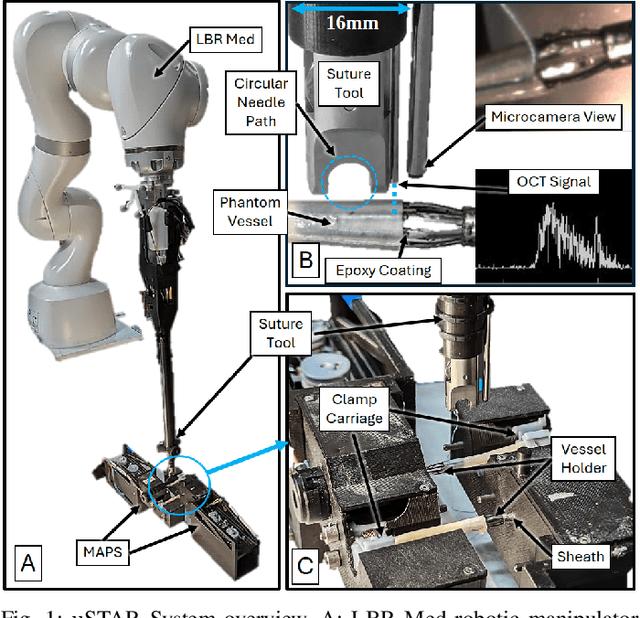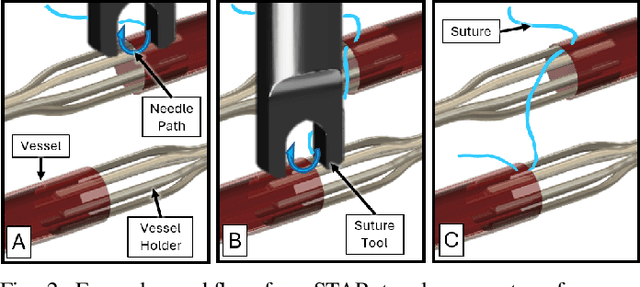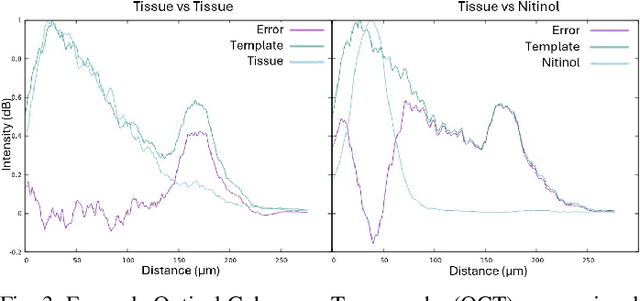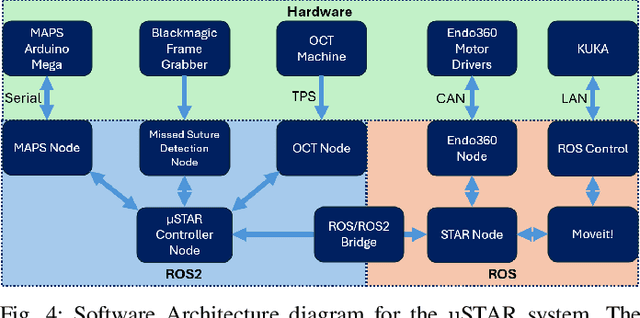Jin U. Kang
Super-Resolution Optical Coherence Tomography Using Diffusion Model-Based Plug-and-Play Priors
May 20, 2025Abstract:We propose an OCT super-resolution framework based on a plug-and-play diffusion model (PnP-DM) to reconstruct high-quality images from sparse measurements (OCT B-mode corneal images). Our method formulates reconstruction as an inverse problem, combining a diffusion prior with Markov chain Monte Carlo sampling for efficient posterior inference. We collect high-speed under-sampled B-mode corneal images and apply a deep learning-based up-sampling pipeline to build realistic training pairs. Evaluations on in vivo and ex vivo fish-eye corneal models show that PnP-DM outperforms conventional 2D-UNet baselines, producing sharper structures and better noise suppression. This approach advances high-fidelity OCT imaging in high-speed acquisition for clinical applications.
Kalman filter/deep-learning hybrid automatic boundary tracking of optical coherence tomography data for deep anterior lamellar keratoplasty (DALK)
Jan 25, 2025Abstract:Deep anterior lamellar keratoplasty (DALK) is a highly challenging partial thickness cornea transplant surgery that replaces the anterior cornea above Descemet's membrane (DM) with a donor cornea. In our previous work, we proposed the design of an optical coherence tomography (OCT) sensor integrated needle to acquire real-time M-mode images to provide depth feedback during OCT-guided needle insertion during Big Bubble DALK procedures. Machine learning and deep learning techniques were applied to M-mode images to automatically identify the DM in OCT M-scan data. However, such segmentation methods often produce inconsistent or jagged segmentation of the DM which reduces the model accuracy. Here we present a Kalman filter based OCT M-scan boundary tracking algorithm in addition to AI-based precise needle guidance to improve automatic DM segmentation for OCT-guided DALK procedures. By using the Kalman filter, the proposed method generates a smoother layer segmentation result from OCT M-mode images for more accurate tracking of the DM layer and epithelium. Initial ex vivo testing demonstrates that the proposed approach significantly increases the segmentation accuracy compared to conventional methods without the Kalman filter. Our proposed model can provide more consistent and precise depth sensing results, which has great potential to improve surgical safety and ultimately contributes to better patient outcomes.
Autonomous Robotic System with Optical Coherence Tomography Guidance for Vascular Anastomosis
Oct 10, 2024



Abstract:Vascular anastomosis, the surgical connection of blood vessels, is essential in procedures such as organ transplants and reconstructive surgeries. The precision required limits accessibility due to the extensive training needed, with manual suturing leading to variable outcomes and revision rates up to 7.9%. Existing robotic systems, while promising, are either fully teleoperated or lack the capabilities necessary for autonomous vascular anastomosis. We present the Micro Smart Tissue Autonomous Robot (micro-STAR), an autonomous robotic system designed to perform vascular anastomosis on small-diameter vessels. The micro-STAR system integrates a novel suturing tool equipped with Optical Coherence Tomography (OCT) fiber-optic sensor and a microcamera, enabling real-time tissue detection and classification. Our system autonomously places sutures and manipulates tissue with minimal human intervention. In an ex vivo study, micro-STAR achieved outcomes competitive with experienced surgeons in terms of leak pressure, lumen reduction, and suture placement variation, completing 90% of sutures without human intervention. This represents the first instance of a robotic system autonomously performing vascular anastomosis on real tissue, offering significant potential for improving surgical precision and expanding access to high-quality care.
Arc-to-line frame registration method for ultrasound and photoacoustic image-guided intraoperative robot-assisted laparoscopic prostatectomy
Jun 21, 2023



Abstract:Purpose: To achieve effective robot-assisted laparoscopic prostatectomy, the integration of transrectal ultrasound (TRUS) imaging system which is the most widely used imaging modelity in prostate imaging is essential. However, manual manipulation of the ultrasound transducer during the procedure will significantly interfere with the surgery. Therefore, we propose an image co-registration algorithm based on a photoacoustic marker method, where the ultrasound / photoacoustic (US/PA) images can be registered to the endoscopic camera images to ultimately enable the TRUS transducer to automatically track the surgical instrument Methods: An optimization-based algorithm is proposed to co-register the images from the two different imaging modalities. The principles of light propagation and an uncertainty in PM detection were assumed in this algorithm to improve the stability and accuracy of the algorithm. The algorithm is validated using the previously developed US/PA image-guided system with a da Vinci surgical robot. Results: The target-registration-error (TRE) is measured to evaluate the proposed algorithm. In both simulation and experimental demonstration, the proposed algorithm achieved a sub-centimeter accuracy which is acceptable in practical clinics. The result is also comparable with our previous approach, and the proposed method can be implemented with a normal white light stereo camera and doesn't require highly accurate localization of the PM. Conclusion: The proposed frame registration algorithm enabled a simple yet efficient integration of commercial US/PA imaging system into laparoscopic surgical setting by leveraging the characteristic properties of acoustic wave propagation and laser excitation, contributing to automated US/PA image-guided surgical intervention applications.
Deep Learning Guided Autonomous Retinal Surgery using a Robotic Arm, Microscopy, and iOCT Imaging
Jun 16, 2023



Abstract:Recent technological advancements in retinal surgery has led to the modern operating room consisting of a surgical robot, microscope, and intraoperative optical coherence tomography (iOCT). The integration of these tools raises the fundamental question of how to effectively combine them to enable surgical autonomy. In this work, we address this question by developing a unified framework that enables real-time autonomous surgical workflows utilizing the aforementioned devices. To achieve this, we make the following contributions: (1) we develop a novel imaging system that integrates microscopy and iOCT in real-time, accomplished by dynamically tracking the surgical instrument via a small iOCT scanning region (e.g. B-scan), which was not previously possible; (2) implementing various convolutional neural networks (CNN) that automatically segment and detect task-relevant information for surgical autonomy; (3) enabling surgeons to intuitively select goal waypoints within both the microscope and iOCT views through simple mouse-click interactions; (4) integrating model predictive control (MPC) for real-time trajectory generation that respects kinematic constraints to ensure patient safety. We show the utility of our system by tackling subretinal injection (SI), a challenging procedure that involves inserting a microneedle below the retinal tissue for targeted drug delivery, a task surgeons find challenging due to requiring tens-of-micrometers of accuracy and precise depth perception. We validate our system by conducting 30 successful SI trials on pig eyes, achieving needle insertion accuracy of $26 \pm 12 \mu m$ to various subretinal goals and duration of $55 \pm 10.8$ seconds. Preliminary comparisons to a human operator performing SI in robot-assisted mode highlight the enhanced safety of our system.
 Add to Chrome
Add to Chrome Add to Firefox
Add to Firefox Add to Edge
Add to Edge